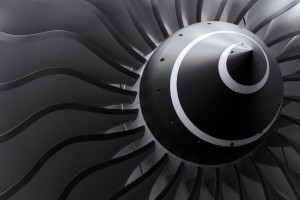 Researchers from the Chinese Academy of Sciences announced that they have tested a new hypersonic aircraft that can travel at a top speed of 5,343 mph.
Researchers from the Chinese Academy of Sciences announced that they have tested a new hypersonic aircraft that can travel at a top speed of 5,343 mph.
The hypersonic aircraft has been developed for the Chinese military, but has potential to be used for commercial use. The aircraft can travel more than six times the speed of a typical commercial aircraft and twice as fast as a supersonic aircraft.
The researchers tested a scaled-down model of the hypersonic jet in a wind tunnel. According to the team, the actual jet would travel at hypersonic speed, meaning faster than five times the speed of sound.
Lead researcher Cui Kai wrote in the Physics, Mechanics and Astronomy journal, “It will take only a couple of hours to travel from Beijing to New York at hypersonic speed. This could provide more convenient and efficient transportation than present subsonic airplanes for long-distance journeys in future.”
With general aviation aircraft logging about 24 million flight hours each year in the United States, this new plane could significantly cut those numbers. Currently, it takes a normal passenger about 14 hours to fly from Beijing to New York — but the hypersonic aircraft could make it so the trip would only take a few hours.
In order to reduce turbulence and drag during flight, the aircraft will have two sets of wings that will work together to create a smooth ride. The lowered wings reach out from the middle of the fuselage, with a third, bat-shaped wing that extends over the back of the plane.
The biplane design will allow the aircraft to operate with a significantly heavier payload with an overall increased lift capacity. The amount of lift generated by the new hypersonic plane is about 25% that of a similarly sized commercial jet.
Currently, existing hypersonic vehicles have limited applications due to their capacity for small, lightweight payloads. Additionally, the extreme heat produces by traveling at hypersonic speed is another concern with these types of vehicles.
All known hypersonic vehicles are still considered experimental because of the challenges that arise with this type of technology. But the research team remains hopeful that they’ll be able to efficiently address the concerns associated with hypersonic aircraft.






